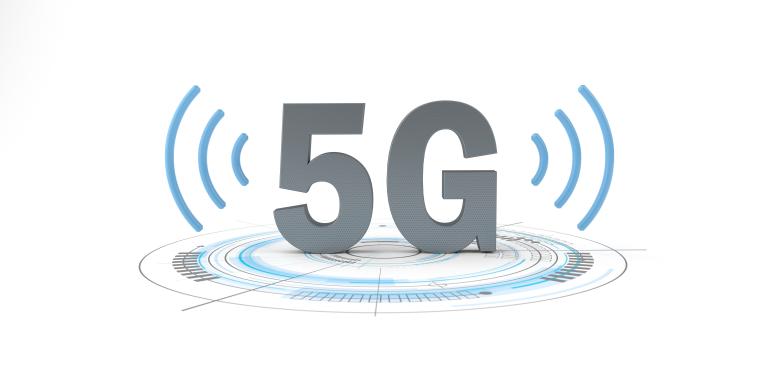5G is the fifth generation of mobile network technologies standardised by the 3GPP.
5G includes a new core network able to support existing 3G and 4G technologies, as well as a new air interface called NR (New Radio) that provides much higher data rates and capacity, by using new high frequency bands (mmWave).
5G Use Cases
5G use cases can be broadly categorized into three main types of communication services:
-
Enhanced Mobile Broadband: 5G not only makes smartphones better, but it also delivers new immersive experiences, such as VR and AR, with faster, more uniform data rates, lower latency and cost-per-bit.
-
Mission-Critical communications: 5G will enable new services with ultra-reliable/available, low latency links —such as remote control of critical infrastructure, vehicles, and medical procedures.
-
Massive Internet of Things: 5G can seamlessly connect a massive number of embedded sensors through the ability to scale down in data rates, power and mobility to provide extremely lean/low-cost solutions.

What are the main objectives of 5G RAN planning?
5G network planning is a complex and critical process that requires sophisticated design approaches to address the unique challenges posed by this next-generation technology. It involves designing, configuring, and optimizing the radio network infrastructure to meet the demanding requirements of 5G technology.
The main objectives of 5G RAN planning are:
- Achieve sufficient coverage with high data rates and service quality
- Meet capacity demands
- Provide low latency services
- Ensure low service outages and dropped calls
- Implement cost-efficient network infrastructure
- Minimize the number of sites while satisfying coverage, quality, and capacity requirements
Which technical aspects do engineers need to consider for 5G RAN planning?
Engineering teams need to consider of a number of technical aspects when planning 5G networks:
Propagation Modelling:
- The new frequency bands provide greater capacity but are more challenging to deploy
- Detailed environment models and data are a must-havesmust-have for a robust and advanced propagation predictions especially for mmWave frequencies
- Detailed 3D building models with structures like walls, doors, windows are required for indoor planning
5G NR System Modelling:
- Modelling of key 5G technologies like massive MIMO, beamforming, flexible numerology, deployment modes (SA/NSA), dynamic spectrum sharing (NR DSS), carrier aggregation (CA), supplemental UL and DL
- Planning for both outdoor and indoor coverage, considering that the majority of traffic is from indoors
- Planning dense networks of small cells, especially for mmWave coverage
- Planning for interworking with legacy 4G/LTE networks taking into account complex frequency band allocations
- Generating plots and reports as required by MNO other departments (marketing, customer care etc.) and regulation authorities
Design 5G Networks with Atoll and Aster, Automate with Naos
Atoll 5G NR module and Aster propagation model provide operators with a comprehensive, flexible and evolutionary framework for the design and deployment of 5G networks.
Naos RAN planning and optimisation automation platform allows MNOs to automate and scale time-consuming and repetitive engineering processes.
Further information about RAN Planning :

